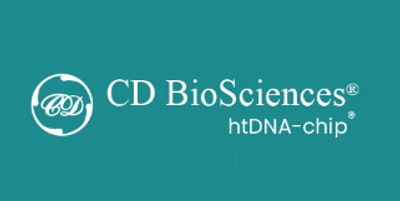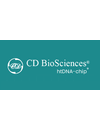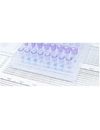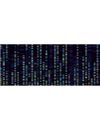

- Home
- Companies
- CD Biosciences - htDNA-chip®
- Applications
CD Biosciences - htDNA-chip® applications
In the era of global information, traditional storage technologies have been slightly tested. DNA must realize reliable information encoding. Only when DNA becomes a viable competitor of traditional storage technology is the first step for DNA to realize information storage. The most important thing is to produce nucleotide strings cheaply and quickly. For DNA, it is composed of four different monomers, consisting of a deoxyribonucleic acid having a skeleton with phosphoric acid. First, DNA is a polymer biological macromolecule having a monomer sequence, a certain chemical structure, and a plurality of small molecular monomers connected together.
With the development of society, people are becoming more and more concerned about appearance and body type. The medical beauty industry came into being and developed rapidly. The application of DNA technology in the medical beauty industry is becoming more and more common. Firstly, genetic testing related to skin conditions and obesity is more and more popular. According to the test results, the obesity type and skin condition can be known clearly, and the appearance and body shape problems can be solved in a targeted manner, which can help doctors provide the exclusive customization of skin care products for beauty lovers.
Oligonucleotide refers to a very short single or double-stranded fragment of nucleic acid that can be joined together to form a single-stranded biopolymers. Oligo Pools are customizable genomic research products polymerized from various oligonucleotide fragments, playing an important role in gene synthesis, next-generation sequencing, library preparation, and so on.
Gene synthesis refers to the artificial synthesis of double-stranded DNA molecules in vitro. At present, the required target DNA fragments are mainly obtained and amplified through gene cloning. Gene cloning is a revolutionary research technology, which can be summarized as: dividing, cutting, connecting, transferring, and selecting. The ultimate goal is to introduce the target gene into the host cell through corresponding technical means, and the target gene is replicated in large numbers in the host cell. "Dividing" refers to the separation and preparation of qualified DNA to be manipulated, including the DNA used as a carrier and the target DNA to be cloned.
DNA sequencing refers to the analysis of the base sequence of specific DNA fragments, namely the arrangement of adenine (A), thymine (T), cytosine (C) and guanine (G). The emergence of rapid DNA sequencing methods can greatly promote the research and discovery of biology and medicine. At present, the lowest-cost and high-throughput next-generation sequencing is the most widely used. Next-generation sequencing technology, also known as high-throughput sequencing technology, solves the problem that first-generation sequencing can only measure one sequence.
DNA-based drug development and production are playing an increasingly important role in modern medicine. The application of DNA-based therapy mainly includes DNA-encoded compound library for new drugs research, genetically engineered bacterias drugs, nuelic acid vaccines, recombinant antibodies, small nucleic acid drugs, and gene editing. Firstly, we can quickly promote the development of new drugs through the construction of DNA coding libraries. Secondly, we can realize the mass production of protein drugs, antibiotic drugs and recombinant antibodies by developing genetic recombination drugs. Thirdly, to achieve targeted treatment of rare diseases and tumors through research on small nucleic acid drugs. In addition, we can repair abnormal genes by performing gene editing at the DNA level to achieve targeted mutations of genes. The treatment of diseases by genetic methods are more targeted, safer and more effective than traditional methods.





